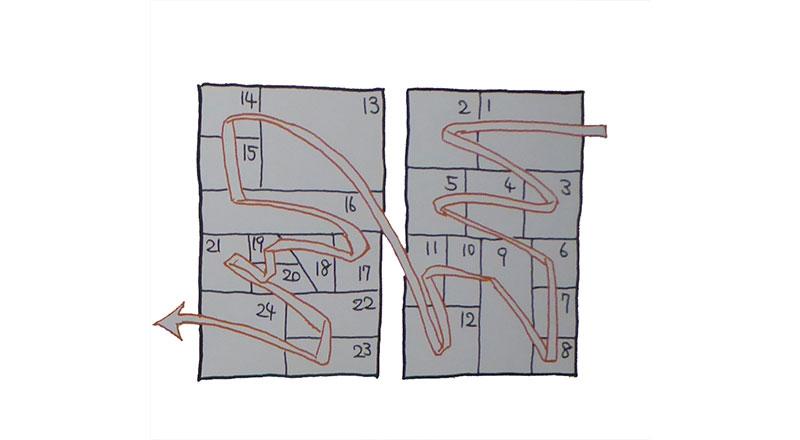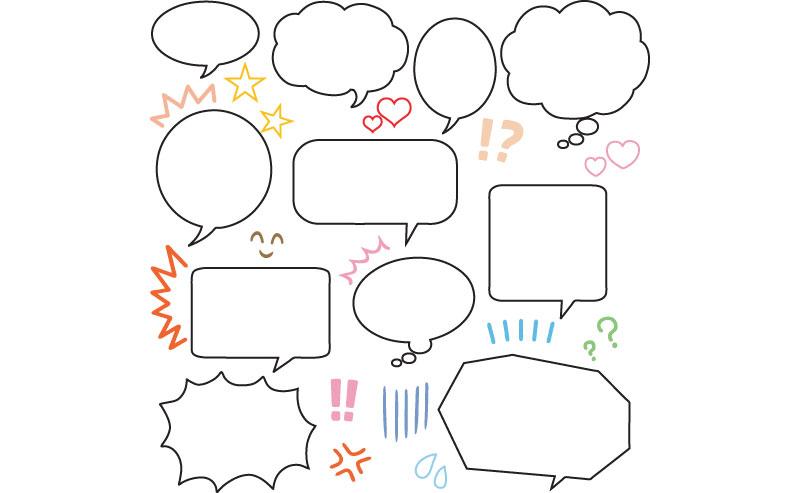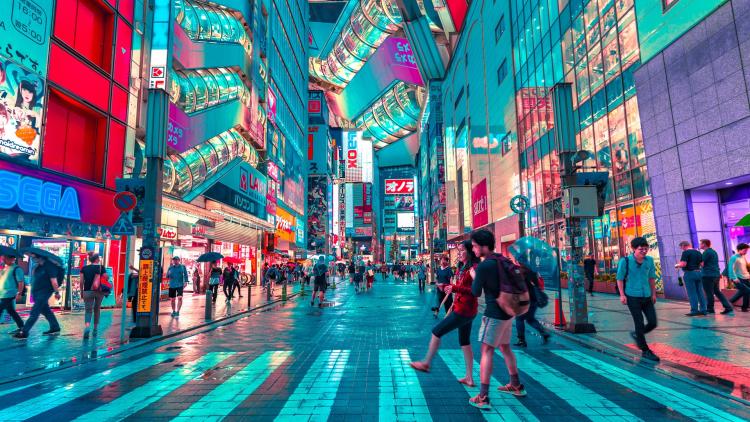How to read manga


Manga images surround us. The style has become so ubiquitous that we seldom stop to consider the origins and meaning of the characters; often not realising that there is a rich language of storytelling lurking behind every manga graphic, as redolent in symbolism as a Renaissance masterpiece.
Manga is a form of storytelling, which relies heavily on visual elements, and which conforms to a broad style developed from serialised cartoon strips that first appeared in Japanese newspapers during the end of the 19th century. Manga stories are similar to comics and graphic novels; are read by all ages; and cover a vast range of genres, including adventures stories, romance, science fiction, and political commentary.
Reading manga
Traditionally, manga stories are read from right to left and from top to bottom, in the same way as Japanese writing. The narrative is contained within frames called koma.
So, to read a page of manga, you start with the koma in the top right-hand corner and you end with the koma in the bottom left-hand corner. The elements that are used to build up a manga story include manpu, fukidashi and gitaigo.
Manpu
Manpu refers to manga symbols. They are frequently used to express movement or emotions, with stock symbols used to convey feelings such as sadness or anger; embarrassment or tiredness.
When these stock representations become instantly recognisable to regular readers of manga, it means that excessively prolix text becomes superfluous!
Fukidashi
Fukidashi are the speech bubbles, which give manga characters their voice.
The shape of the fukidashi reflects the mood of the message being conveyed. Solid, rounded fukidashi represent normal speech, whereas more cloudlike fukidashi express happiness and more spiky-shaped fukidashi surprise or tension.
Gitaigo
Gitaigo, Giongo and Giseigo are the ways that manga illustrates sound effects and feelings in a story. The Japanese language has more than three times the number of onomatopoeic words compared to the English language, which gives manga stories ample scope for expressive sound-words.
In fact, there are so many gitaigo, it’s enough to make anyone ぐるぐる (dizzy)!
A multi-faceted reading experience
Manga is often referred to as a multi-model. In other words, there’s a lot going on. Reading manga requires the ability to interpret symbols, decipher overlapping text and images, understand cultural references and appreciate differences in storytelling between countries.
But, above all else, manga is meant to be entertaining.
Cool Japan
Cool Japan: Manga, Anime, Sushi is a module, which can be studied on BA Chinese, BA Japanese and BA Korean.
The module aims to analyse how the various aspects of our 'imagination of Japan' come together, working out how some of the stereotypes are formed and enabling students to understand how the concept of 'Japan' came about.




